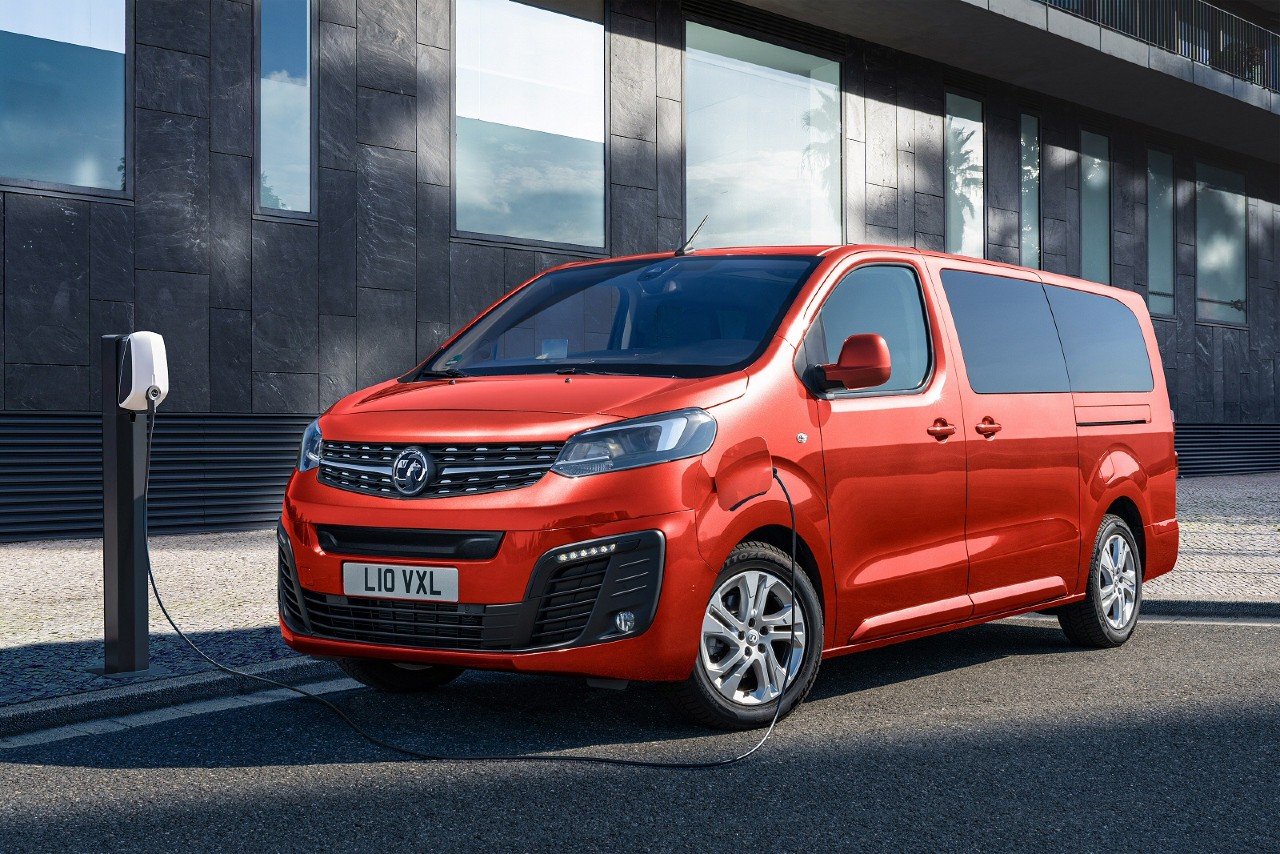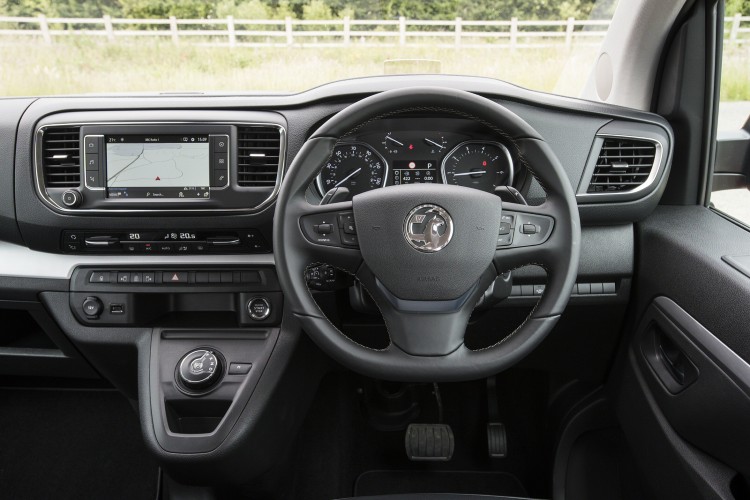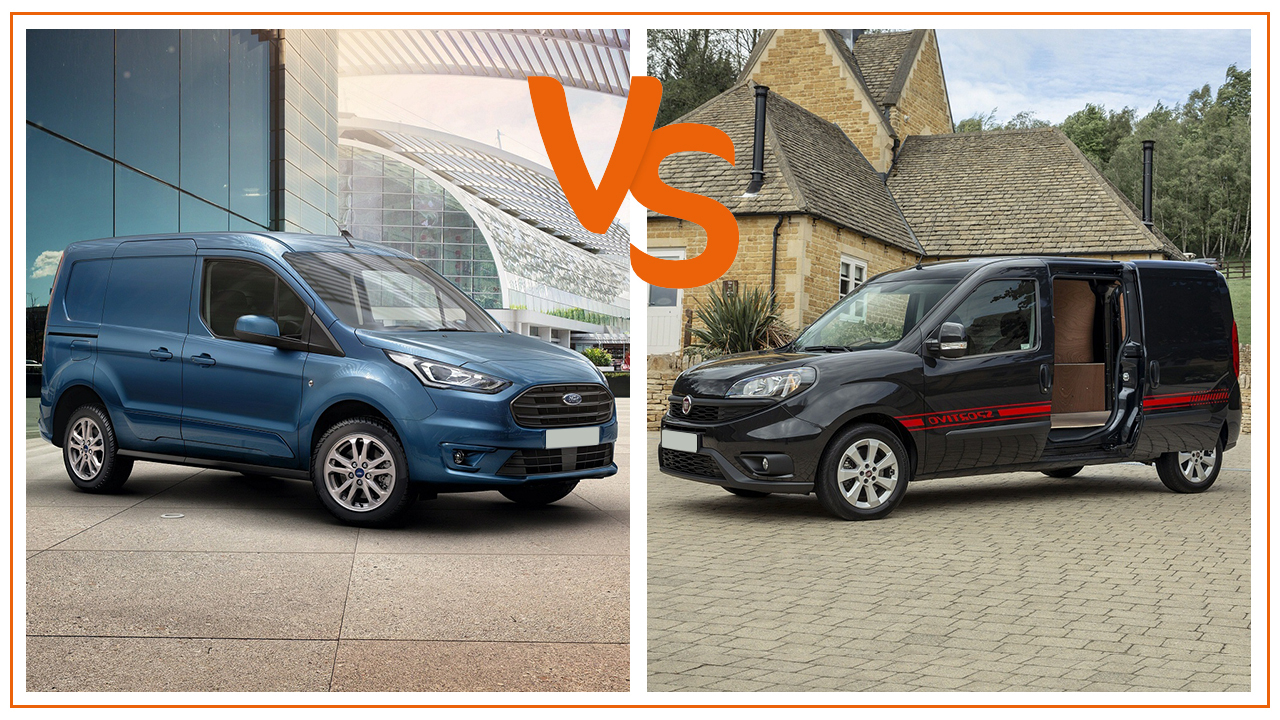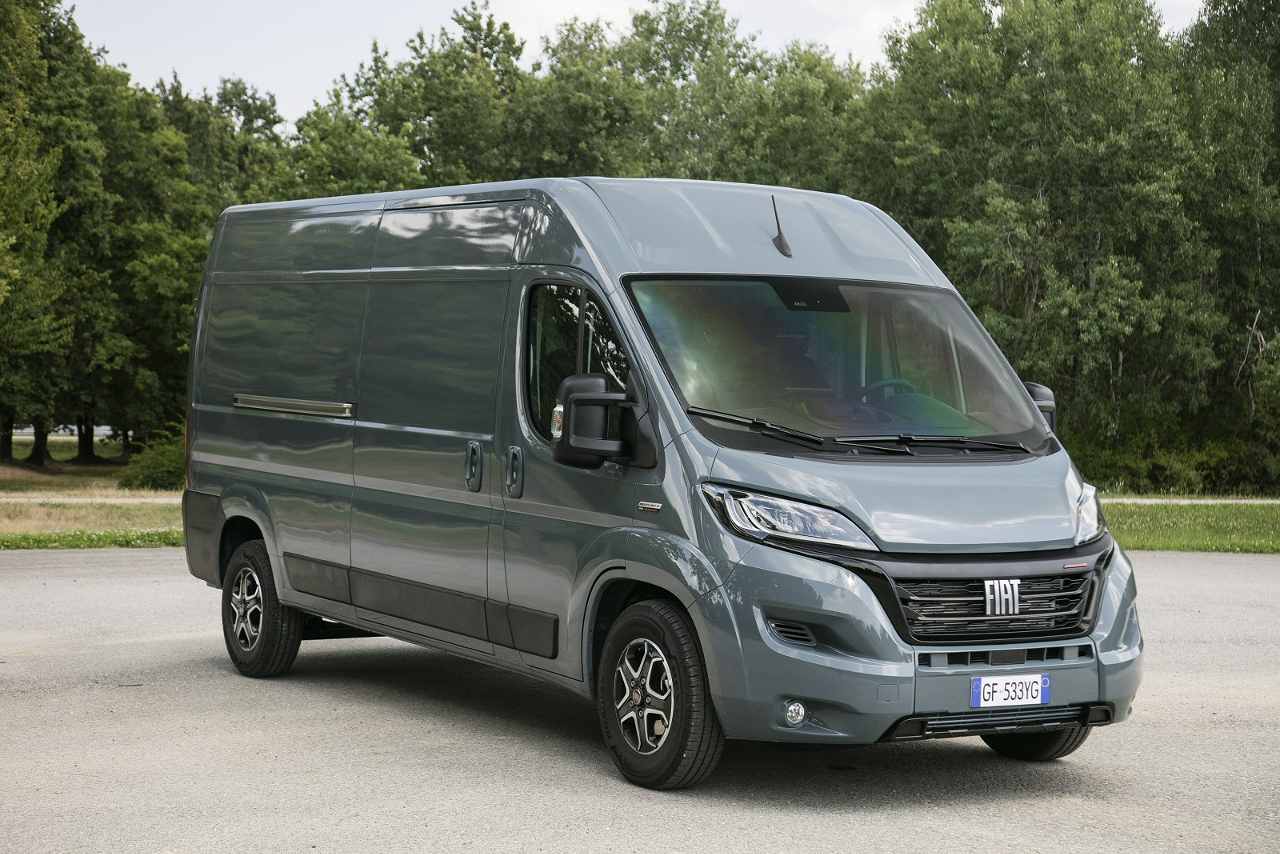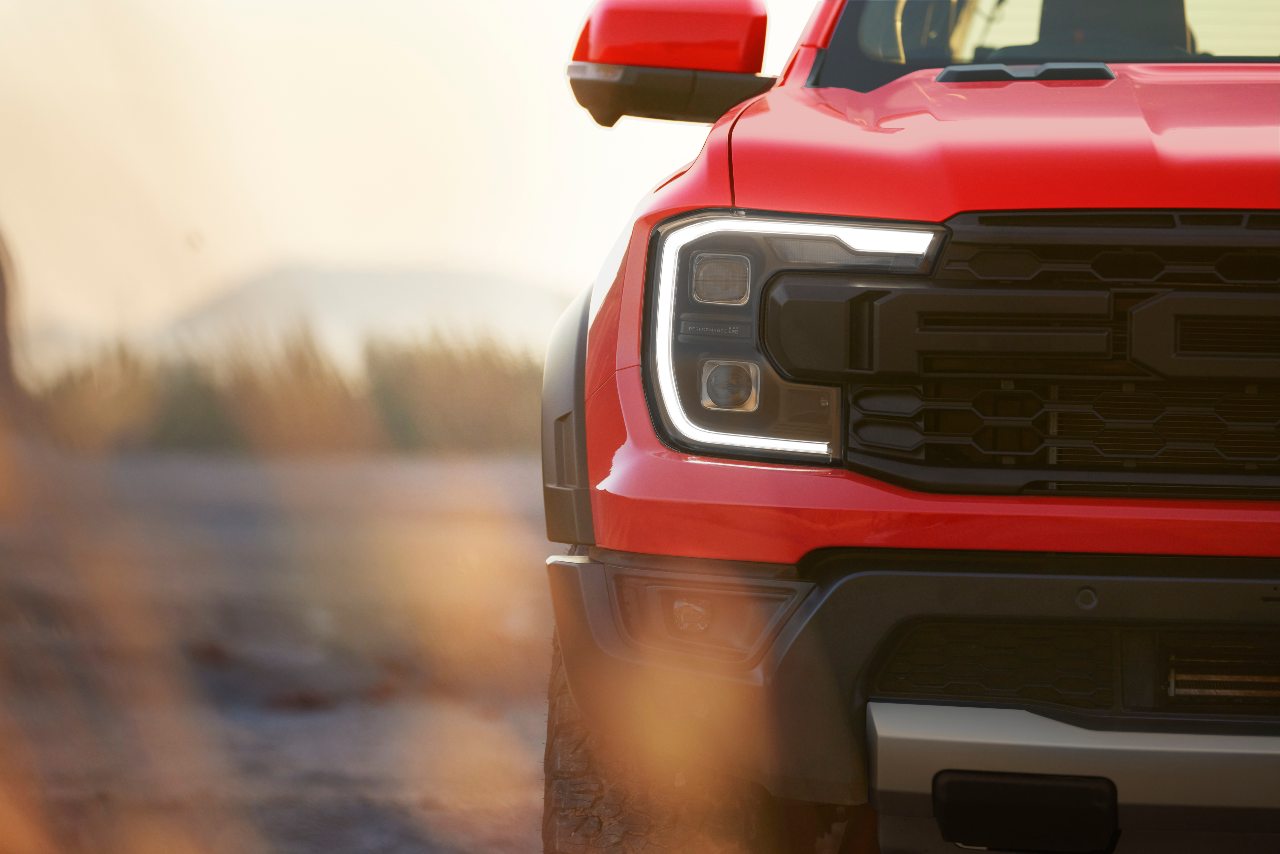Jump into any conventionally powered van and you’ll be presented with a familiar set of dials and gauges on the instrument panel. Apart from a speedometer, you’ll have a fuel gauge, coolant temperature monitor and perhaps an engine rev counter. Most modern vans will also have a trip computer which will display information such as average and current fuel consumption and how many miles you’ve got left until you need to fill up.
Climb aboard an electric van and, although at first glance things may look similar, you’ll soon realise that, apart from the speedometer there’s very little in common with diesel or petrol-powered vehicles. In this guide, Vanarama Van Expert Tim Cattlin takes a look at one of the most popular of the current crop of electric vans and makes sense of what that flashy new set of dials is telling you.
The Vauxhall Vivaro-e's combination of an excellent range between charges and the high payload is making it a credible alternative to diesel-powered vans for many and the same tech is of course fitted to the Vivaro’s near-identical siblings, the Peugeot e-Expert and Citroen e-Dispatch. On the Vivaro’s new instrument panel, you’ll see a speedometer (of course!) but in the position you’d normally expect to find a rev counter or even a nice big analogue clock, there’s a dial marked ‘Charge’, ‘Eco’ and ‘Power’.
One benefit of electric van technology is that when you lift off the accelerator pedal (we can’t refer it to a gas pedal in an EV), and for example if you go down a steep hill, the action of the vans forward motion effectively turns the motor rather than the other way round. This creates a very useful braking action, saving on wear and tear on the vans discs, drums and pads. This energy is then transferred back to the batteries, giving them a little charge boost every time you lift off and slow down. It’s called ‘regeneration’.
This new gauge gives a graphical guide as to how much charge you are using, or even generating. Keeping the needle in the ‘Eco’ segment suggests that you’re driving the van in a way that is likely to get you the best range possible between charges. Put your foot down though and the needle will sling itself over to the right telling you that you’re trading range for speed. Lift off the accelerator when approaching a junction or descending down a hill and you’ll see that pointer heading into the green ‘charge’ segment. That’s telling you that you’re adding range with regeneration - putting power back into those cells.
Keeping an eye on this dial can significantly improve the range you’ll get from your van. Reading the road and traffic flow ahead means you’ll be far more likely to use the motor’s braking action rather than the energy-wasting middle pedal. Just don’t get obsessed with it...
Moving to the top of the Vivaro’s display you’ll find 2 smaller gauges where you’d normally expect to see fuel and coolant temperature indicators. On the right is the battery charge state, the EV version of the fuel gauge. Needle at the top? Good news, you’re ready to go. Pointer getting close to the bottom? You’d better find yourself a charge point, and pronto.
Adjacent to the charge indicator is an important little gadget for the EV driver. Bear in mind that the battery-powered van doesn’t have the traditional heater which uses heat generated by the engine to warm the van interior. Any heat source has to be fuelled by the battery, thereby reducing the amount of power (and so range) left for driving. The same goes for air conditioning which also relies on the van’s fuel cells. This gauge lets you know how much power is being used by the van’s heating and cooling system.
Right in the centre is what you might call the trip computer, or more formally the Multi-Function Display. In the Vivaro-e it provides the usual sort of information such as average speed, but also things relevant to the EV driver such as the rate of power consumption (equivalent to an MPG figure on a diesel van) and crucially the estimated range left in the batteries.
Put the van on charge and the display will show you the charge rate in ‘miles added per hour’, and how long it’ll be until the batteries are at 100% capacity and when you’ll be ready to drive away.
If that’s not enough, for those who have an appetite for even more data the full-size touchscreen in the Vivaro-e can provide more information and statistics in graphical format!
The various electric vans on or coming to the market have different ways of informing the driver what’s going on. Many are interactive and rely heavily on graphics to illustrate the data, such as this nice screen fitted to the new Fiat e-Ducato, with all the power consumption and regeneration information in one place.
Here at Vanarama, we’ve put the Vivaro-e through a full test and you can see our video review here. And, for all our offers on electric vans check out our dedicated electric van lease deal page!
If you'd like to know more about making the move to EV, take a look at our in-depth guide to leasing an electric van.

